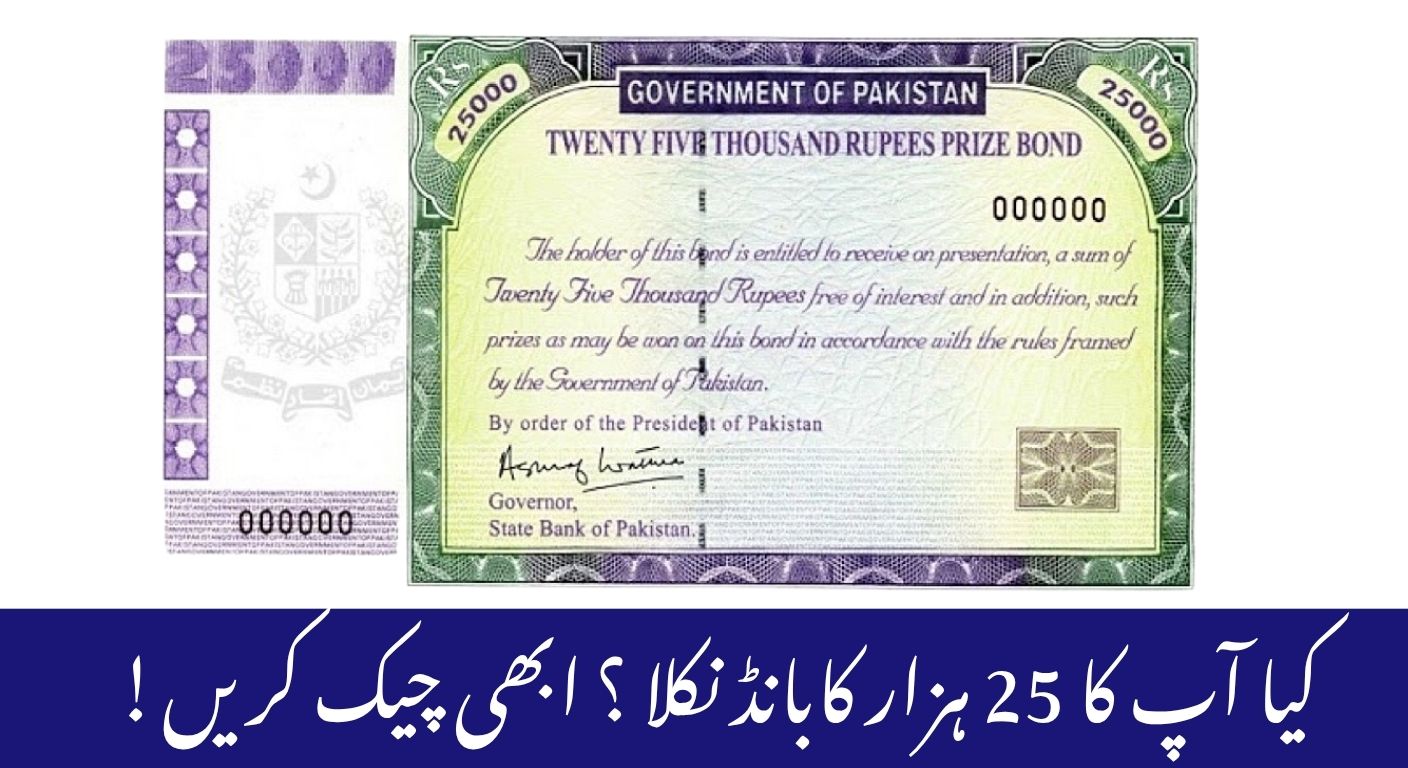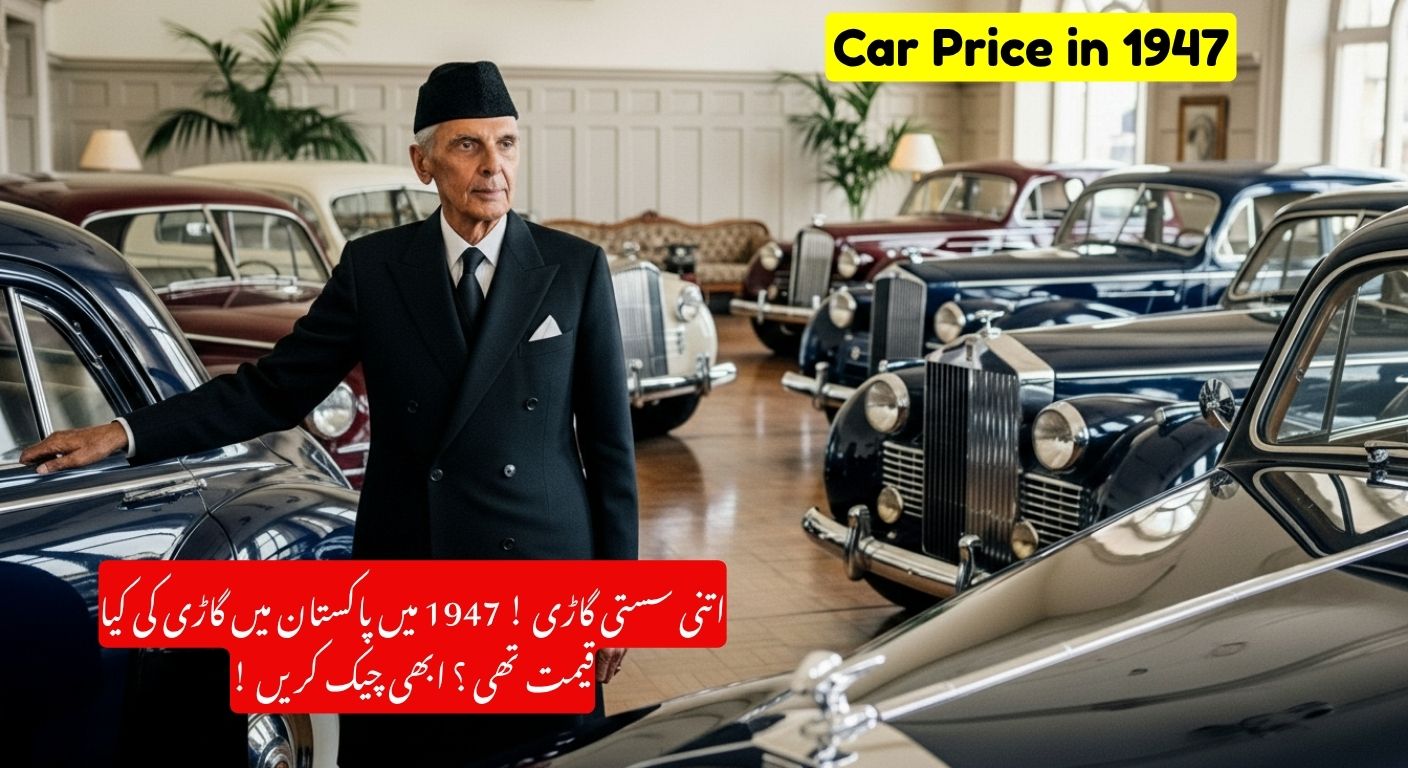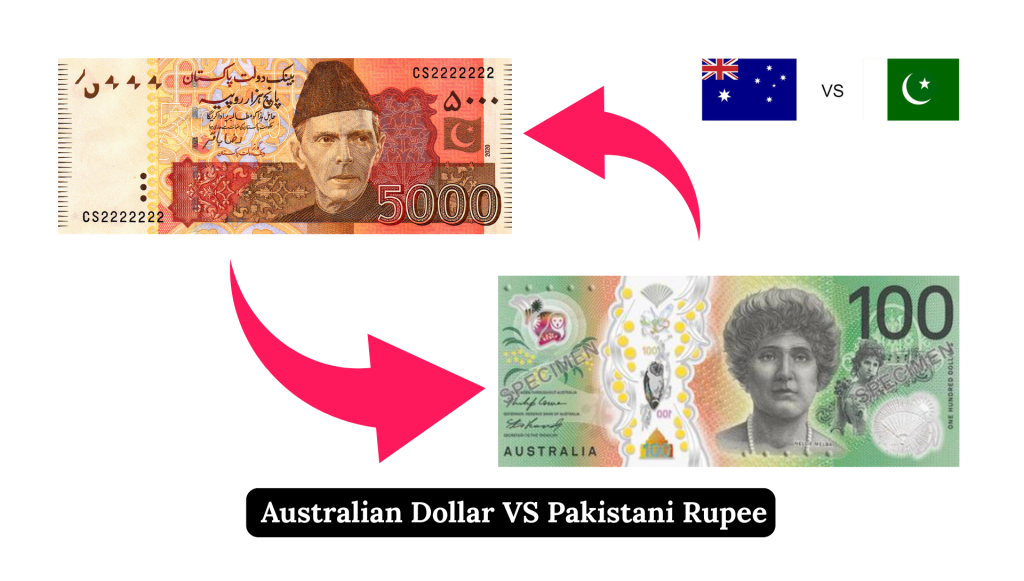Today, the US dollar trades at around PKR 283.35, but back in 1947, when Pakistan became independent, 1 USD was worth only PKR 3.31. This huge difference shows how Pakistan’s economy and currency have changed over the last 78 years. The value of the dollar against the rupee tells the story of inflation, political decisions, and global economic events.
The Dollar–Rupee Journey (1947–2025)
Below are some major points in the history of Pakistan’s exchange rate:
| Year | USD to PKR | Key Event |
|---|---|---|
| 1947 | 3.31 | Pakistan’s independence; rupee linked to British pound. |
| 1955 | 4.76 | First devaluation to support exports. |
| 1972 | 9.90 | After Bangladesh’s separation, rupee floated. |
| 1982 | 12.85 | Move to managed float system. |
| 1990 | 21.71 | Economic reforms and liberalization. |
| 2000 | 51.90 | Political instability and global sanctions. |
| 2008 | 70.65 | Global financial crisis. |
| 2009 | 83.50 | Rupee sharply weakened. |
| 2018 | 138.00 | IMF bailout and depreciation. |
| 2020 | 160.10 | COVID-19 pandemic impact. |
| 2023 | 286.58 | Record high amid political and economic crises. |
| 2025 | 283.35 | Current rate, slightly lower than last year. |
Why the Dollar Rate in 1947 Was Important
When Pakistan was created, the country had no external debt and the rupee was stable because it was tied to the British pound. Since the world followed the Bretton Woods system, where the dollar was pegged to gold at $35 per ounce, Pakistan’s exchange rate stayed steady in the early years.
- Trade System: Most transactions were done in rupees or pounds, with the dollar used mainly for international imports and aid.
- Economic Stability: The balance sheet was strong, but as the 1950s began, loans and foreign aid increased.
- First Devaluation: In 1955, the rupee fell to PKR 4.76 per USD, marking the first major shift.
Dollar–Rupee Over the Decades
The 1970s were tough for Pakistan’s currency. After the 1971 separation of East Pakistan (now Bangladesh), the rupee lost value quickly. By the 1980s, Pakistan moved to a managed float system, where the dollar rate was allowed to adjust under government supervision.
The 1990s saw reforms and globalization, which brought both opportunities and challenges. However, political instability, sanctions, and global crises pushed the rupee down further.
From the 2000s onward, external debt, IMF programs, and international market shifts caused repeated devaluations. The global financial crisis of 2008, the COVID-19 pandemic in 2020, and Pakistan’s ongoing political and economic instability in the 2020s all influenced the exchange rate.
Why This History Matters Today
Understanding how the rupee has changed against the dollar helps explain Pakistan’s current economic challenges. The protected category of 1947 is long gone, but today, issues like inflation, rising imports, and reliance on foreign aid keep the rupee under pressure.
At the same time, remittances of around $30 billion each year from overseas Pakistanis continue to support the economy. Inflation in 2025 is recorded at 8.7%, showing how external and internal pressures still affect the value of money.
Conclusion
The journey of the US dollar from PKR 3.31 in 1947 to PKR 283.35 in 2025 reflects the highs and lows of Pakistan’s economy. From being debt-free and stable at independence to facing repeated devaluations, the exchange rate highlights how global events, policies, and financial decisions shape a nation’s currency.










